Supply Chain Report – 10/07/2025
The Trump administration continues to widen the scope of its trade and tariff agenda, reinforcing protectionist economic measures as a cornerstone of U.S. trade strategy. Under the renewed “America First Trade Policy,” the administration has introduced a series of import duties, regulatory reforms, and ongoing investigations designed to reshape the United States’ trade relationships and reduce dependence on foreign manufacturing.
According to a detailed update compiled by Reed Smith’s International Trade and National Security team, the U.S. government has rolled out or proposed multiple layers of tariffs targeting specific countries, industries, and products. The rates range from 10% to as high as 100%, depending on the commodity and its origin. This wave of trade actions includes reciprocal tariffs against countries that impose high duties on U.S. exports, digital services tax (DST) retaliation measures, and commodity-based duties covering materials such as steel, aluminum, copper, timber, and automobiles.
In addition to these newly imposed tariffs, the administration has reopened several Section 232 investigations to assess whether certain imports pose a threat to national or economic security. These ongoing investigations currently include robotics, semiconductors, medical equipment, wind turbines, and key mineral resources. Section 232 actions could result in new tariffs or import restrictions later in 2025, depending on the findings of the Department of Commerce and the International Trade Administration.
From a legal standpoint, the administration’s tariff policy is being closely scrutinized. On August 29, 2025, the U.S. Court of Appeals issued a significant ruling that partially affirmed a lower court’s decision regarding the president’s authority to impose tariffs under the International Emergency Economic Powers Act (IEEPA). This decision clarified that while the president holds broad discretion in implementing economic measures tied to national emergencies, such powers are not without legal limits. The U.S. Supreme Court is set to review related cases in November 2025, potentially setting a precedent for future trade policy implementation.
Meanwhile, the White House continues to engage in negotiations with major trading partners to modify or exempt specific goods from these tariffs. Canada, Mexico, the European Union, Japan, and South Korea have all secured partial tariff reductions or exemptions under bilateral or regional agreements. These adjustments are aimed at maintaining the competitiveness of key sectors, including automotive manufacturing, pharmaceuticals, and advanced technology exports.
However, not all countries have been granted relief. Several developing and emerging economies continue to face elevated tariff rates, particularly those exporting raw materials, processed metals, and consumer goods. Industry experts warn that such measures could lead to supply chain realignments, as manufacturers seek to shift production to countries with lower tariff exposure or establish new domestic facilities within the United States.
Economists have also highlighted potential ripple effects for U.S. businesses. While tariffs may support domestic manufacturing in the long term, short-term consequences include rising import costs, increased inflationary pressures, and disruptions to global trade logistics. Industries such as construction, automotive, and pharmaceuticals are already reporting higher operational costs tied to new import duties.
Despite these challenges, administration officials argue that the broader goal is to strengthen the United States’ industrial base and ensure economic self-reliance. In a recent statement, the Office of the U.S. Trade Representative (USTR) said the policy seeks to “restore fairness to global trade” and “reward nations that engage in equitable, transparent commercial practices.”
The Department of Commerce has encouraged U.S. companies affected by these tariffs to stay informed through Federal Register notices and participate in public comment periods for potential tariff exclusion requests. Businesses are also being urged to submit documentation to the International Trade Administration (ITA) to qualify for relief under relevant trade provisions or special exemptions.
Looking ahead, trade analysts anticipate that the administration’s tariff approach will continue to evolve, blending economic protectionism with selective cooperation. The strategy aims to balance industrial growth at home with the need to maintain functional trade relationships abroad. As policymakers prepare for key negotiations in 2026, the outcomes of these tariff initiatives are expected to shape not only the trajectory of U.S. manufacturing but also the global trade environment for years to come.
#TradePolicyUpdate #TariffTracker #SupplyChainNews #GlobalEconomy #USCommerce

















